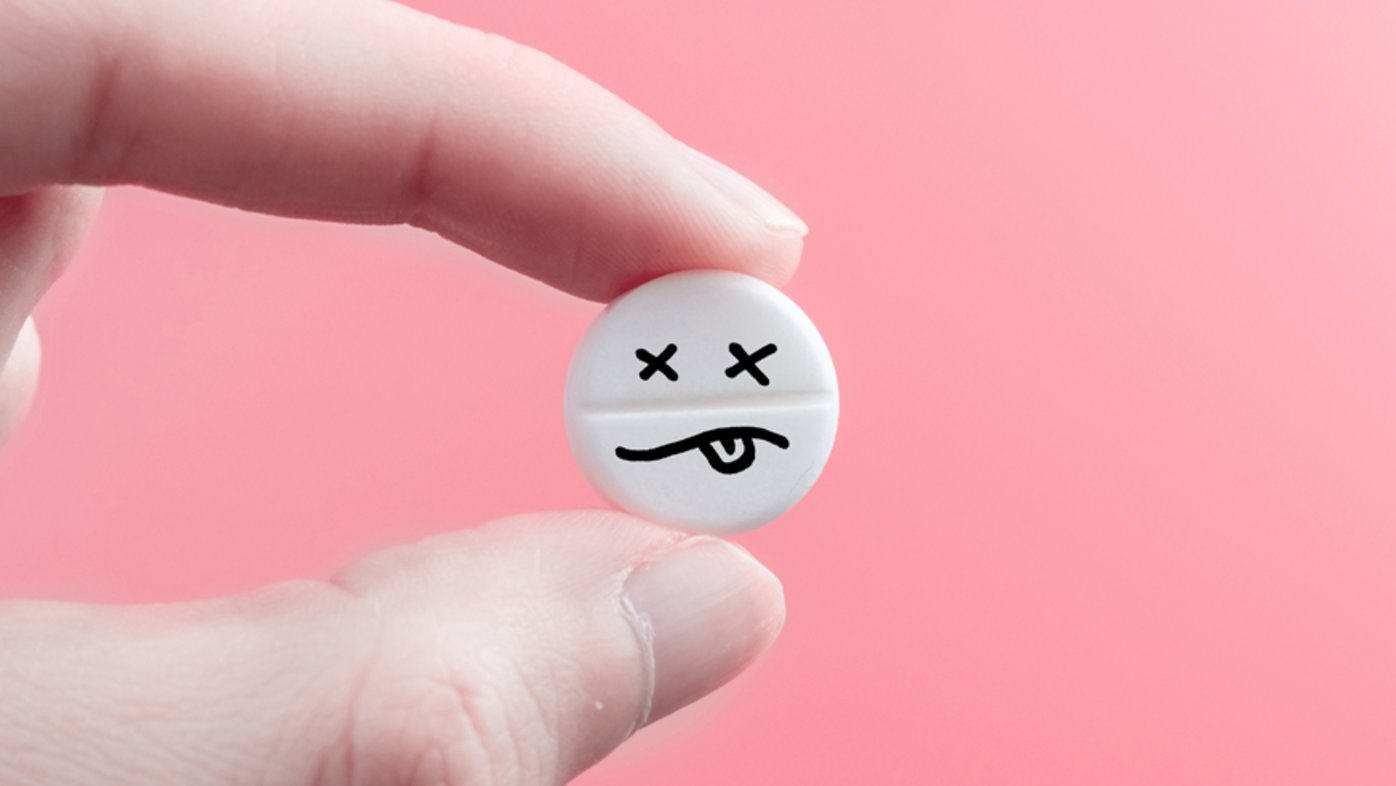
5 things to know about fentanyl
The rise in risky fentanyl use and fentanyl-related overdose in adults — and children — may be due to its easy access and abundant availability.
Every year, thousands of people in the U.S. overdose on opioids or illicit drugs. Overdosing is extremely dangerous, as it slows down your respiratory system and can lead to death.
However, after many years of high rates of overdose, data shows overdose deaths involving opioids decreased from approximately 84,000 in 2022 to 80,000 in 2023. This is the first time the number of related deaths has decreased since 2018.
“There can be numerous factors at play, but one possible reason could be more people using naloxone,” says Monica Hinton, PhD, with Sharp McDonald Center. Naloxone is a medication that can help reverse the effects of an overdose and save lives.
A study found that medical services reported more than 700,000 patients receiving naloxone in the U.S. from 2020 to 2022. During this period, the percentage of a layperson using naloxone to help save another person’s life increased by more than 40%.
“The medicine comes in either a nasal spray or injection, and you don’t have to be a medical professional to use the nasal spray version,” says Dr. Hinton. “The injection version is usually used in a medical setting only. I encourage folks to carry naloxone with them because you never know when someone may need it, such as in a college dorm room, concert or party.”
A dangerous mix
Although overdose deaths from synthetic opioids — primarily fentanyl — decreased from 2022 to 2023, the use of other drugs, including cocaine and meth, has increased. Additionally, illegal drugs may be laced with other drugs, like fentanyl, cocaine or meth, increasing the potency.
“Some people may not even know the pill is mixed with other drugs,” says Dr. Hinton. “That’s why it’s important to use fentanyl test strips, which can detect whether a drug has fentanyl in it, and know the signs of an overdose.”
If someone is unconscious and has slow breathing, they could be experiencing an overdose. The following could be other signs of overdose:
Confusion
Seizures
Vomiting
Small pupils
Low body temperature
Nodding off into sleep or losing consciousness
Slow, shallow, labored or erratic breathing
Slow heart rate
Pale or blue, clammy skin, such as blue or purple lips or fingertips
Act immediately
“If you suspect someone has overdosed, give them naloxone immediately,” says Dr. Hinton. “With the nasal spray version, you press the medication’s nozzle once in the person’s nostril. If they are unresponsive in the next two to three minutes, you can give them another dose in the other nostril.”
Dr. Hinton adds that people should still call emergency services after giving someone naloxone. She also says naloxone is safe to give to someone even if you are not sure that they have overdosed.
“If someone is struggling with an addiction, I really encourage their loved ones to practice compassionate listening,” she says. “A person can find it already really difficult to seek treatment, and the stigma of addiction doesn’t help.”
According to Dr. Hinton, various services ranging from inpatient hospitalization and partial hospitalization to outpatient programs like the ones at Sharp McDonald Center can help people find suitable options. “Medical experts and a compassionate support system can help ease the recovery process, as no one should have to struggle with addiction by themselves,” she says.
Learn more about addiction; get the latest health and wellness news, trends and patient stories from Sharp Health News; and subscribe to our weekly newsletter by clicking the "Sign up" link below.
Our weekly email brings you the latest health tips, recipes and stories.